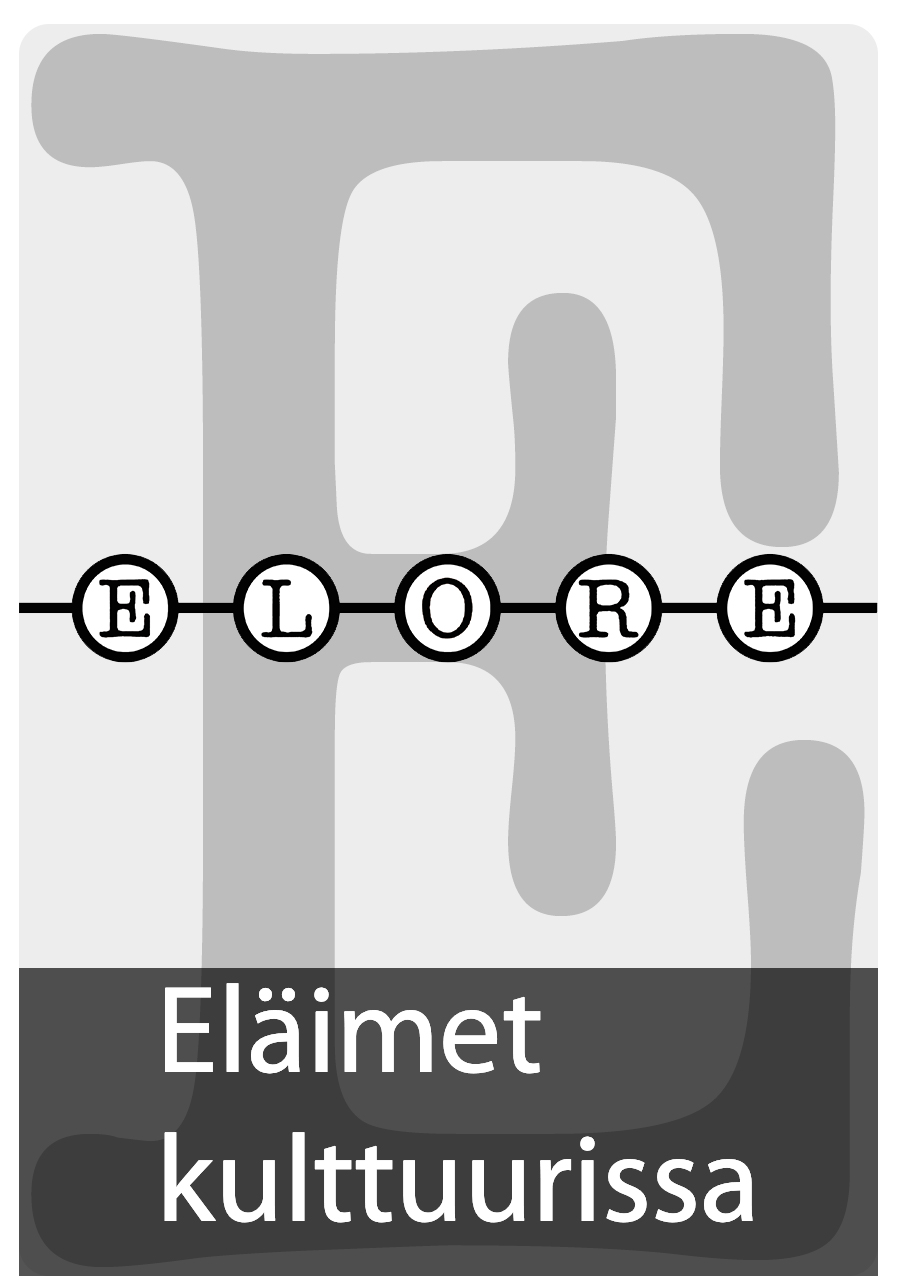Nyckelpigan som nyckelsymbol. En kultursemiotisk analys av Svenska folkpartiets partisymbol
DOI:
https://doi.org/10.30666/elore.79050Abstract
This article is a cultural semiotic analysis of the symbol of the Swedish People’s Party in Finland, the ladybug. The authors dwell upon why the ladybug seems to have so positive connotations and what makes it useable as a symbol of a political party. This symbol is studied as a part of a system of signs, from a cultural semiotic viewpoint, in order to show how meaning is made, and how the party – as well as everything else Swedish in Finland – is represented. Using semiotics, the authors make visible the cultural associations of the ladybug – patterns which they believe are largely unconscious. The numerous positive connotations of the ladybug from folk beliefs hint at a code connecting these pre-modern beliefs to a plethora of contemporary areas of usage. The results of the analysis are viewed in the light of Sherry Ortner’s term ‘key symbols’, and utilised to deepen the discussion about implications that the use of the ladybug has for Swedish in Finland. The authors believe that the ways in which the sign ‘ladybug’ is being used affects the ways that Swedish in Finland is represented, lived and perceived.Downloads
Published
How to Cite
Issue
Section
License
The journal follows Diamond Open Access publishing model: the journal does not charge authors and published texts are immediately available on the Journal.fi service for scientific journals. By submitting an article for publication on Elore, the author agrees, as of September 2024, that the work will be published under a CC BY 4.0 licence. Under the licence, others may copy, transmit, distribute and display the copyrighted work and any modified versions of the work based on it only if they attribute the licence, the original publication (link or reference) and the author as the original author. Any modifications made must be acknowledged.
Copyright of the texts remains with the authors, and self-archiving (Green OA) of the published version is allowed. This also applies to texts published before September 2024. The Green OA publication must include Elore's publication details.
The metadata for published articles is licensed under Creative Commons CC0 1.0 Universal.





